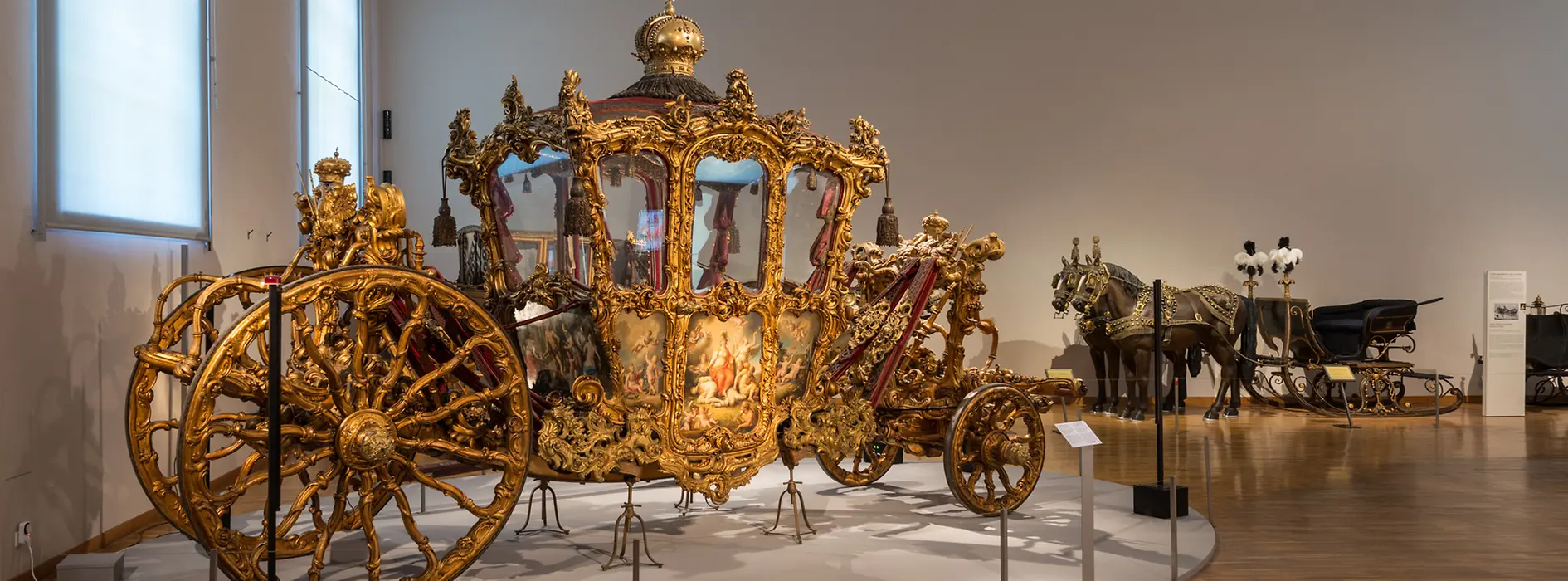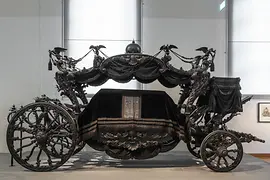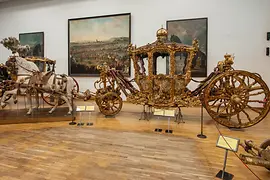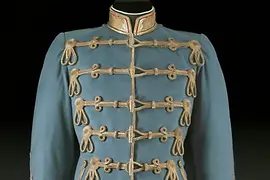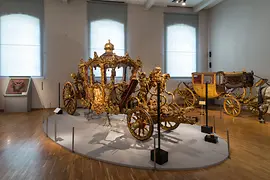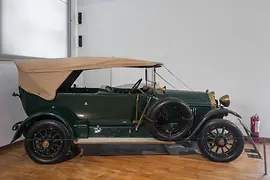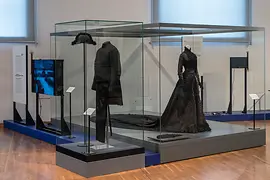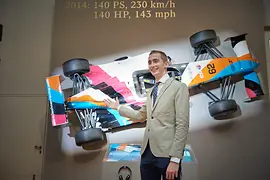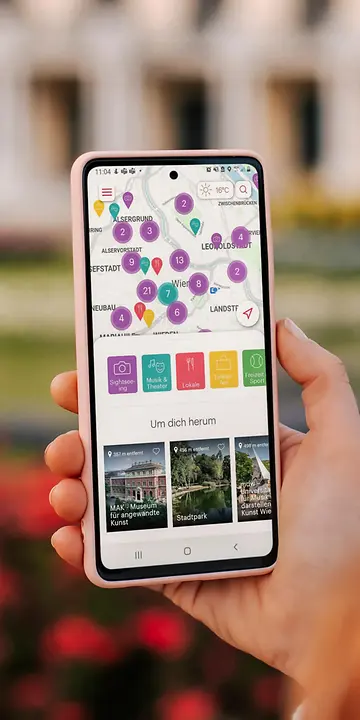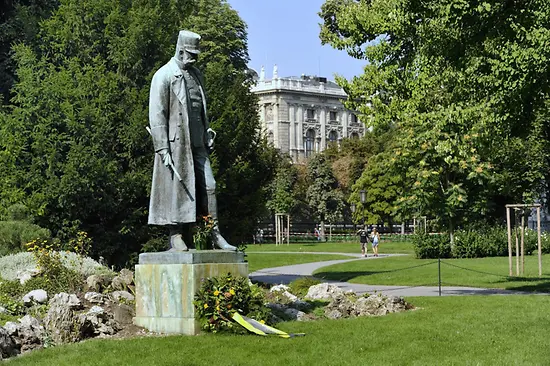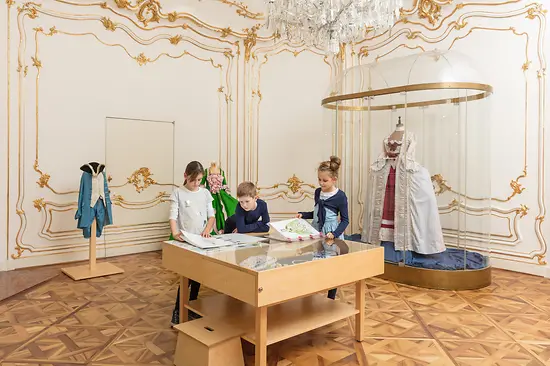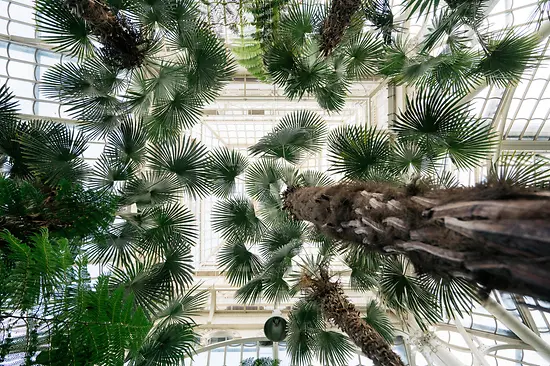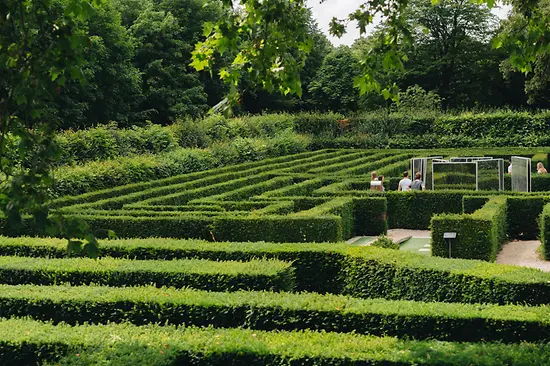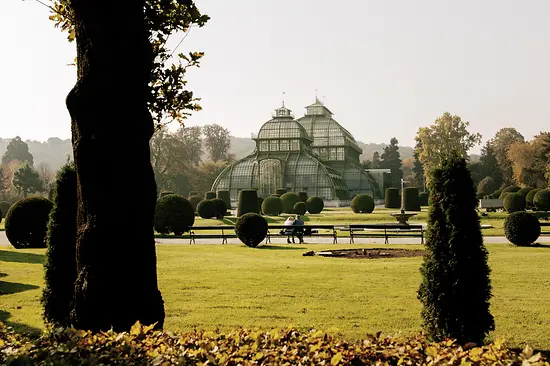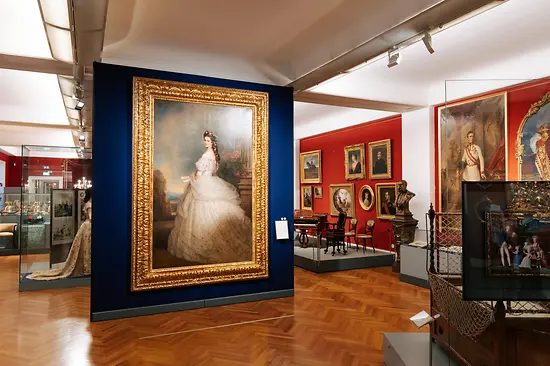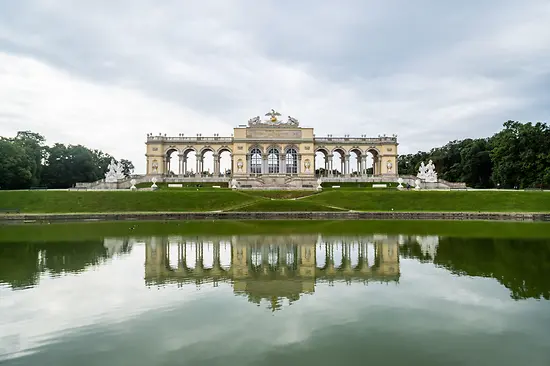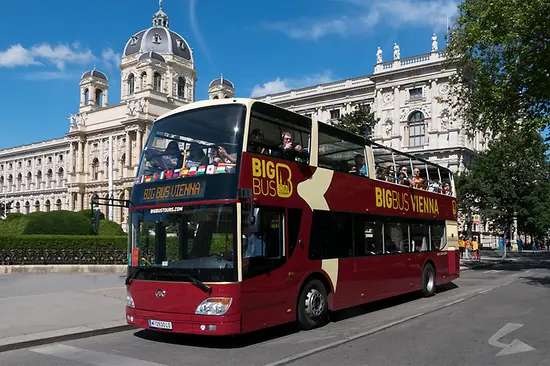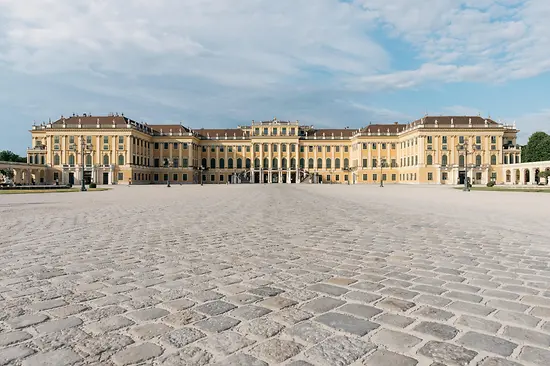Imperial Carriage Museum
The remains of the more than 600 vehicles of the fleet used by the Viennese court are kept in the Imperial Carriage Museum, which was opened at Schönbrunn in September 1922 as one of the first museum sites of the young Austrian republic. Splendid representational carriages of the imperial family can be seen. One of the most magnificent pieces is the so-called "Imperial Carriage", which is thought to have been built for Emperor Charles VI in around 1735/40. Also impressive is the black hearse, which was used at the funerals of Emperor Franz Joseph (1916), Empress Elisabeth (1898) and Empress Zita (1989), among others.
Show alternative text
VIENNA/NOW episode on the Imperial Carriage Museum Vienna in Schönbrunn. Topics: Coaches and vehicles of the Habsburgs from several centuries, from children’s coaches to gala coaches to automobiles and racecars.
Numerous smaller and simpler gala carriages, children’s carriages, sport, leisure and travel vehicles are also exhibited, as are lavishly designed items of clothing of the imperial court. The sole surviving court automobile from the year 1914 can also be seen.
Sisi and Diana
The permanent exhibition at the Imperial Carriage Museum draws parallels between Empress Elisabeth and Lady Diana. Both were popular among the people, but unhappy in their relationships. Both led a life in the spotlight. Both died a violent death. Sisi's life is illustrated by her sumptuous robes, carriages and riding accessories as well as her never before seen personal effects. Videos guide visitors through their lives and illuminate the parallels between Sisi and Lady Di, the "queen of hearts" of the 20th century.
Tip: With a special Sisi combo ticket you can explore the Imperial Carriage Museum Vienna together with the Imperial Treasury located in the Imperial Palace.
Imperial Speed
The Habsburgers’ high-speed vehicles are also the subject of an exhibition. The latest acquisition: an artistically styled race car (Formula Renault 1.6) owned by Ferdinand Habsburg. The son of Karl and Francesca Habsburg is a racing driver and a promising future Formula 1 candidate. His “Art Car” is presented alongside two historical vehicles. The first is the sports car manufactured in 1814 for Emperor Franz I that could, with the help of two horses, reach speeds of up to 16 km/h. The second is the so-called “Emperor’s Car” belonging to Karl I: with a gasoline 45-hp engine with five gears and a top speed of 90 km/h. His great-grandson Ferdinand Habsburg’s “Art Car” has a 140-hp engine under its hood and can reach speeds of 230 km/h.
Imperial Carriage Museum Vienna (Kaiserliche Wagenburg Wien)
1130 Vienna
-
Vienna City Card
-
Benefits of the Vienna City Card: -8%
Additional information on the offer:
Standard ticket price: 12€
-
-
Opening times
-
15 March
to
30 November
- daily, 09:00 - 17:00
-
01 December
to
14 March
- daily, 10:00 - 16:00
-
15 March
to
30 November
-
Accessibility
-
Special offers for people with disabilities
Special tours for people with special needs on request; More information: kunstvermittlung@khm.at or Tel. +43 1 525 24-5202;
-
Comments
Main entrance: steps (more than 3 cm), double doors (each 68 cm wide), entrance to the collection: double swinging doors, total width 130cm, exhibition area: flat floors, wheelchair-accessible. Second floor area reachable via steps (width 128 cm, 12 steps, landing, then 155 cm, 10 steps, handrail on both sides of the steps, 100 cm high). Restroom outside Coach Collection currently not barrier-free!
-
Special offers for people with disabilities
